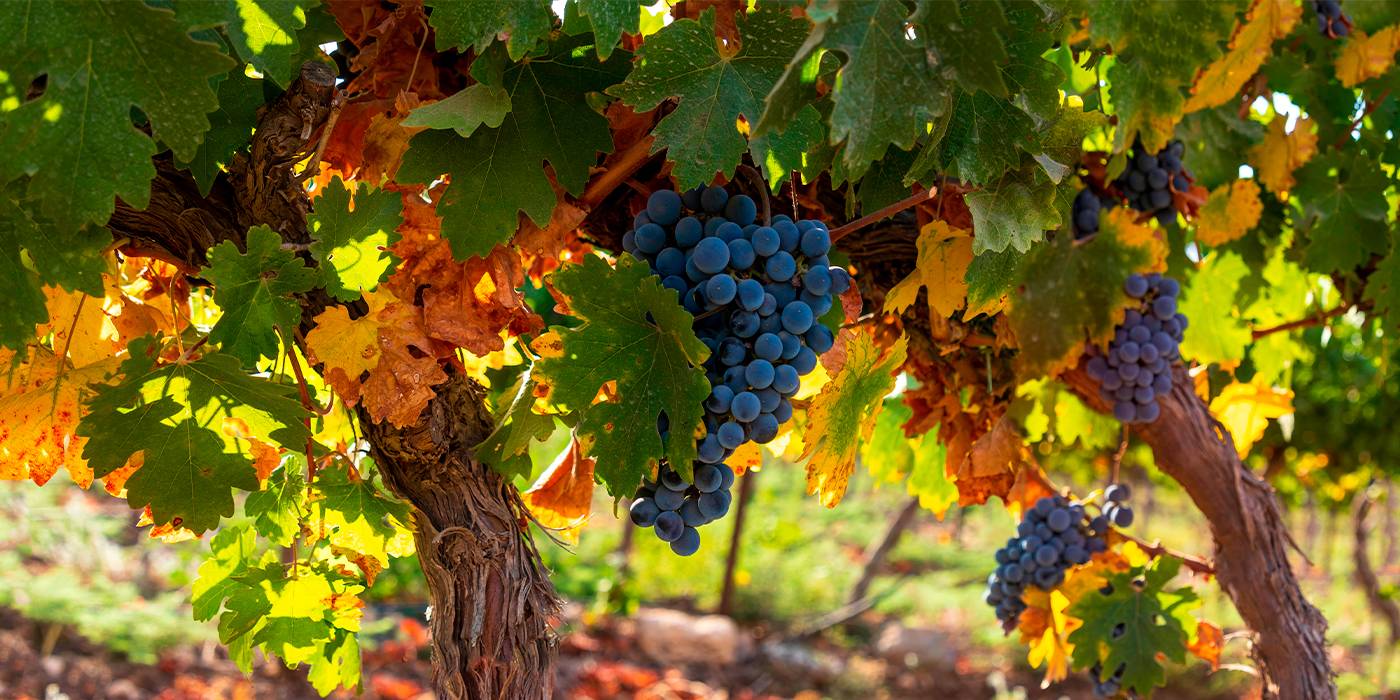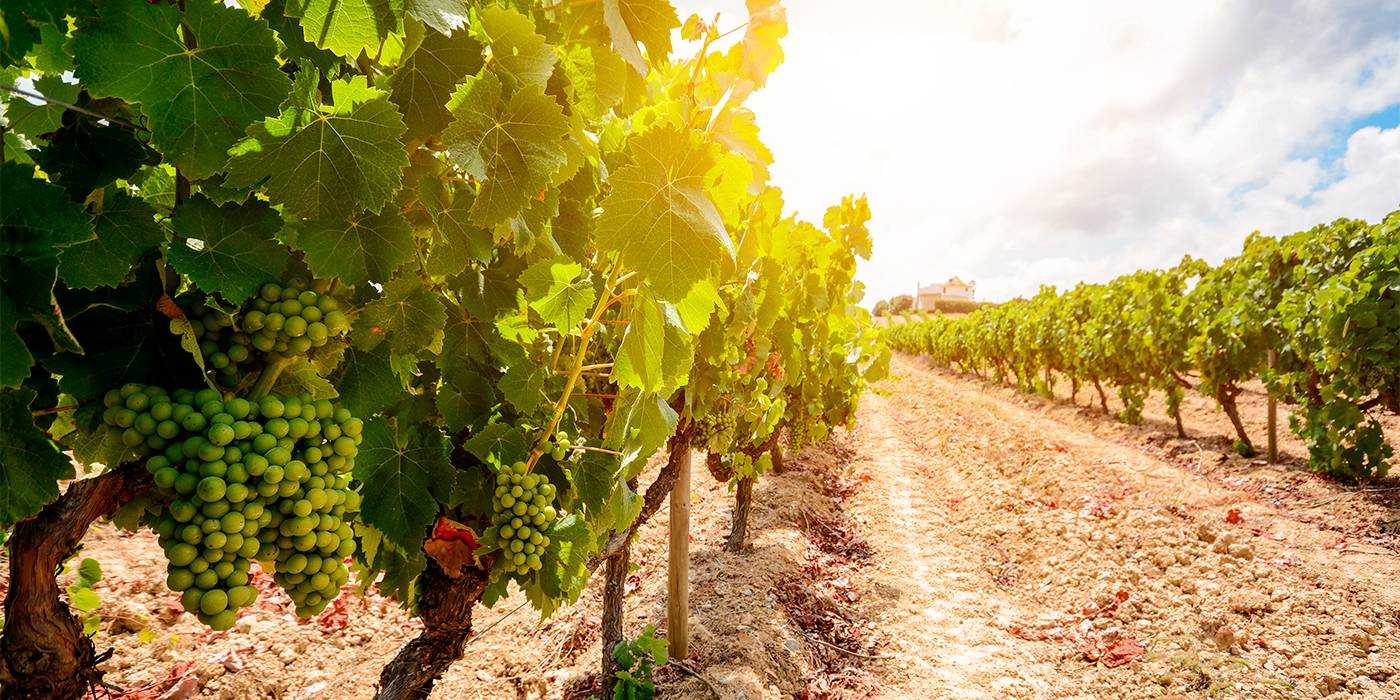What does monovarietal mean?
Monovarietal or single-varietal wines are those that have been created from a single grape. Discover them with us!

Eva Pizarro
Sommelier at Fierro restaurant and trainer at Tandem Gastronómico.
What do we mean when we talk about monovarietal wines? The answer to this question is very simple, but today we will delve deeper into what it implies.
We are referring to wines made from a single grape variety. We know that there are over 8,000 grape varieties catalogued around the world, but it is necessary to understand their origin to grasp how they will influence the style of wine depending on the grape we use.
The ‘Vitis Silvestre’ is the original plant from which the grapes come in their wild state, as found in nature by the first settlers. After discovering its fruit and, above all, what probably arose from spontaneous fermentation, wine, man needed to cultivate and domesticate it to obtain the fruit in better conditions for consumption and transformation, giving rise to the 'Vitis Vinifera'.

It’s also important to distinguish between table grapes, meant for direct consumption, and grapes for winemaking, which are more difficult to eat directly due to their thicker skins and higher tannin content.
Vitis vinifera spread from East to West, settling in most of the regions where the climate is suitable for its development, and this is when the majority of the varieties we know today began to appear, together with many others that have been lost over time.
All these varieties are the result of adaptation to each area with its different climate, soil, etc. Therefore, it’s easy to think that they are found in the places where they originated, but we must consider an event that caused a worldwide change in the wine industry: phylloxera.
At the height of the wine industry boom, phylloxera vastratix arrived at the beginning of the 19th century and almost wiped out all the vines in Europe.
In 1865, this aphid, which feeds on the tender roots of the vine, arrived from the United States and spread so rapidly that it became epidemic. France, Portugal, Germany, Spain, Switzerland and Italy were devastated, with their vines virtually decimated. Even so, the strains that the missionaries had brought to America withstood the onslaught of the disease. Wild vines that had been taken to the New World were recovered and replanted in Europe, creating hybrid varieties that enriched the wine scene, bringing new wines and grapes from other regions that were fashionable at the time or produced better yields.

WHY DO WE HAVE SO MANY VARIETIES?
This is why, in Spain, we can find wines made with Chardonnay, Pinot Noir or Cabernet Sauvignon for example, which originated in France. For the same reason, some varieties disappeared forever.
In this context, we will talk about:
- Autochthonous grapes: originate in their own area.
- Allochthonous grapes: varieties from other areas introduced recently (20th century).
- Traditional grapes: varieties established in a region for centuries, whose characteristics no longer match their origin.
Now that we understand why we have so many varieties of vines, we are going to see how they influence our wine, which is why the choice of a particular variety is one of the most important decisions for a winery when designing its product. They are among the most decisive factors in its character and will influence:
- Aromas and flavours, as each grape has its own.
- Colour, whether it’s white, red or rosé but also its depth, whether it will be lighter or more pigmented.
- Levels of sugar, acidity, tannins, polyphenols, etc. These also vary according to the grape used and where it’s grown.
- Quality and price of the wine, which is conditioned by the type of grape, as there are varieties with greater economic value, different levels of yields, care required, etc. All of which impact the final price.
What do you think about?
Share comments, opinions and tricks with the Community







